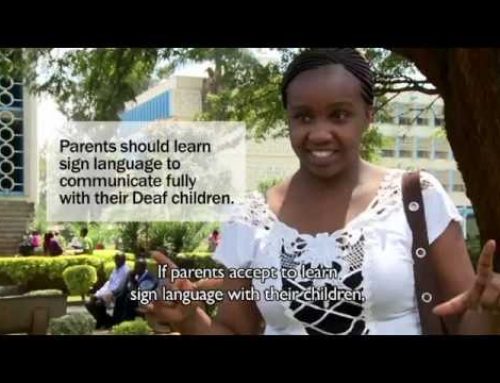As children in many parts of the world returned to school for a new year of learning this September, children living in countries where conflict is on-going or where natural disasters have destroyed schools faced additional barriers. From the perspective of conflict zones, UNESCO estimates that 28.5 million children were out of primary school 2013, including children with disabilities. In a conflict zone, children, including children with disabilities face unnerving barriers to education every day preventing them from reaching their true potential. Attacks on schools, teachers, and students force children to leave the school or just attend sporadically, oblige schools to cut their hours, and often destroy school buildings and materials. In many cases schools can be turned into shelters leaving no space for education. Learning in this environment becomes severely diminished.
Similarly, a natural disaster can result in learning environment for children being affected. Loss of lives, loss of school buildings and the use of schools as emergency shelters in times of emergency response all impact negatively on children’s access to education which has longer term socio-economic impacts. For example, Cambodia which was hit by floods in 2001 and 2002 estimated a loss of $US 161 million with schools severely damaged and loss of life of children [1].
![]()
Leave a Comment Using Facebook



